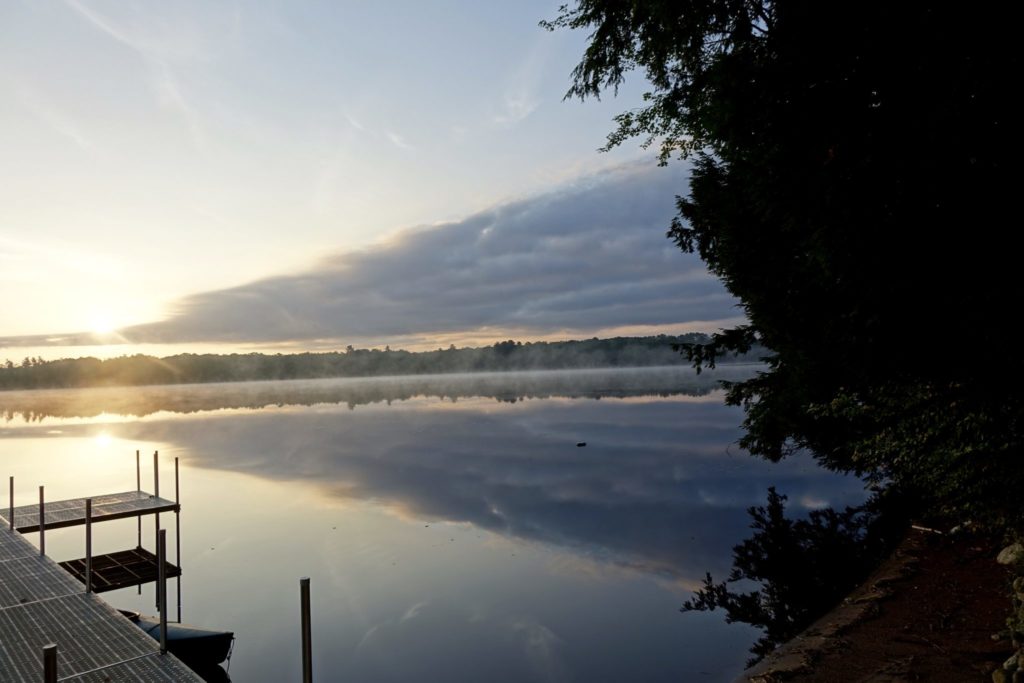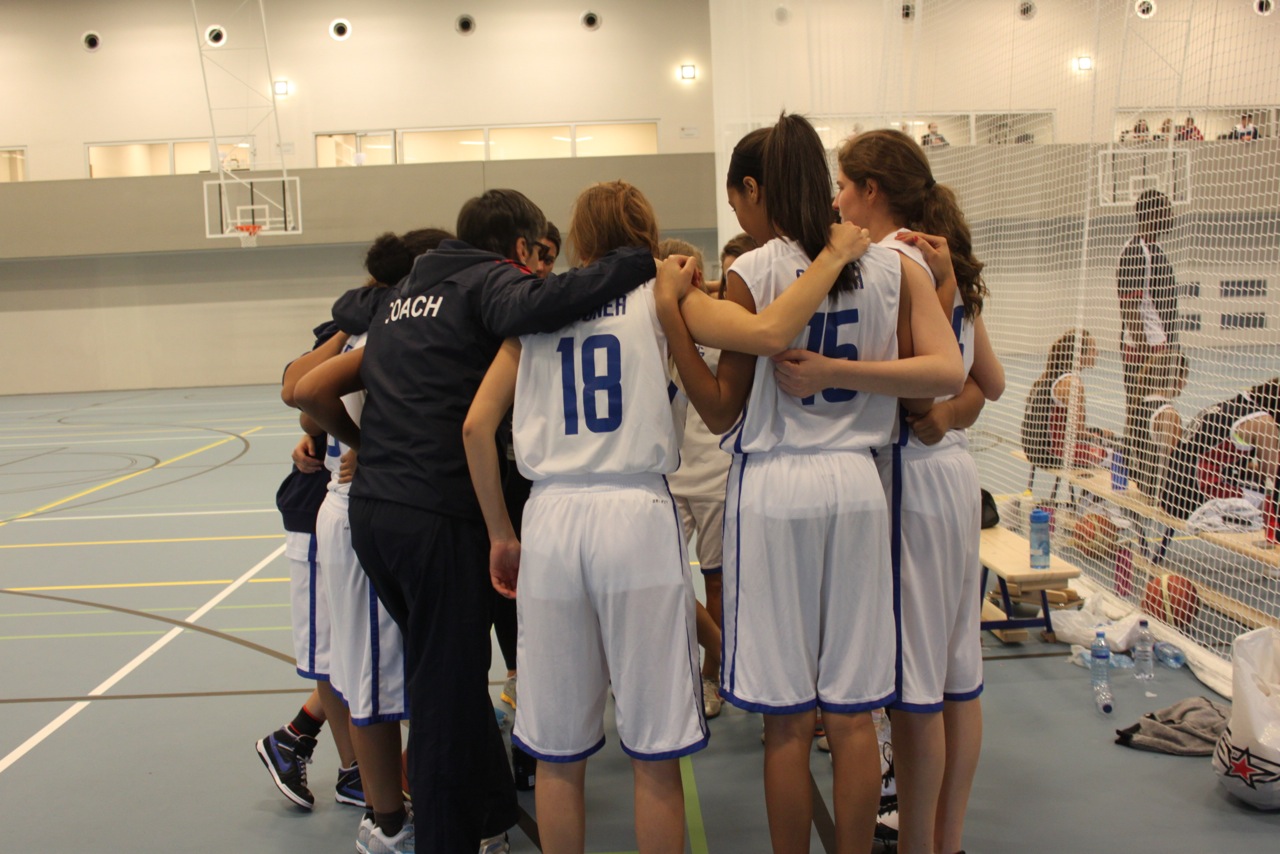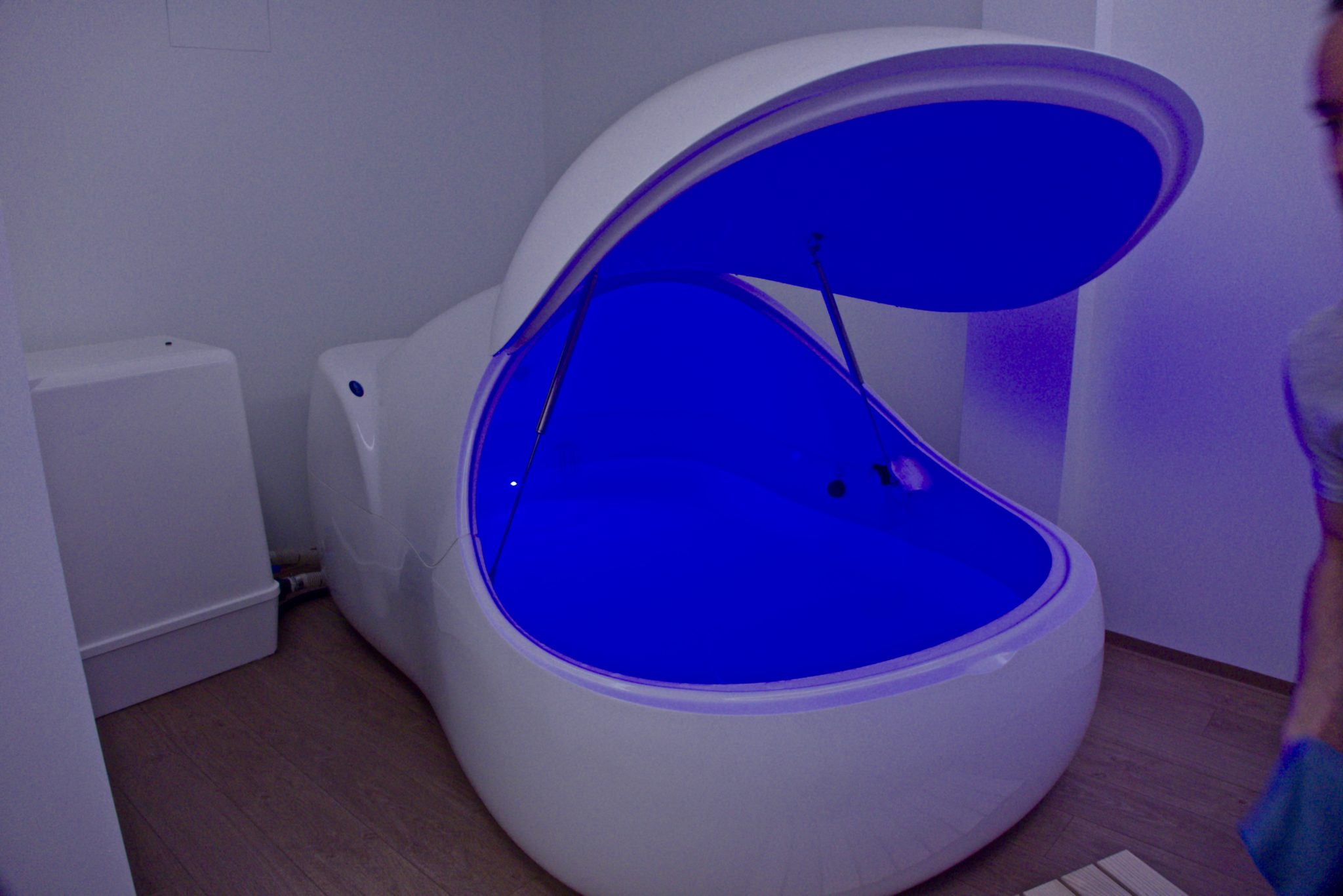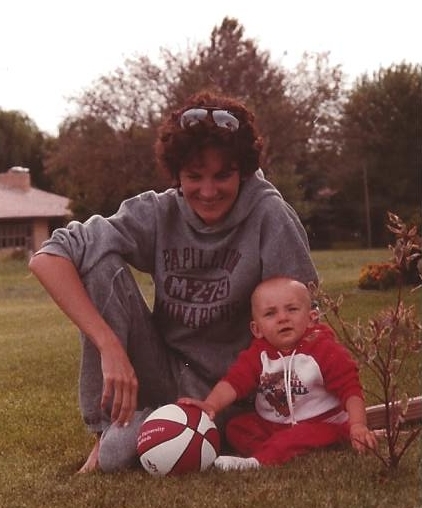 Apologies to my loyal readers, friends and family for being out of touch, off line, disconnected. Estranged from everyone, I shut down, closed off my heart and buried hope.
Apologies to my loyal readers, friends and family for being out of touch, off line, disconnected. Estranged from everyone, I shut down, closed off my heart and buried hope.
When you suffer from chronic illness, you exist in a parallel universe of pain. A pain that is magnified when so misunderstood by the medical community like in chronic fatigue syndrome, fibromyalgia, environmental illness, Lyme disease and other conditions that are hard to diagnose and even harder to treat.
Awaiting answers we muddle along until flare ups knock us out again and again.
The earth tilts under my feet. My eyes roll back in my head. Shooting pains fire off like missiles in my muscles. Ants crawl under my skin. My stomach cramps. My joints throb. My throat aches. My lungs burn. My vision blurs. My head pounds.
My brain, an overinflated balloon, presses against my skull, like it will burst.
An old athlete, I can cope with physical pain, but enduring the tricks of my mind becomes unbearable. I forget what I just said. Phone numbers, street addresses, friends’ names elude me.
As bad bugs hijack my brain, I stare ahead like a deer in headlights unable to process thoughts. My tongue twists on the phrases that spew out sometimes in French, sometimes English. I repeat myself like a silly parrot, jumbling sentences, confusing words.
Trapped in bed, the walls close in. I reach for my survival kit — a Kindle, laptop, notebook, cell phone, water bottle. I calm my racing heart by counting blessings — family to cherish, food on the table, roof overhead.
Like a human guinea pig, I sign on for another drug trial, relying on an equally desperate Facebook group of strangers, who battle the same misunderstood multi-system inflammatory disease.
 When I can muster enough energy to go out, friends will say, « You don’t look sick, » and assume I am cured. All the while the invisible body snatchers eat away at my cells turning my brain to spaghetti, my muscles to mush.
When I can muster enough energy to go out, friends will say, « You don’t look sick, » and assume I am cured. All the while the invisible body snatchers eat away at my cells turning my brain to spaghetti, my muscles to mush.
On my worst days I enter the twilight zone of semi-consciousness suspended between life and death.
Don’t let me give up.
Hang on. Another second. Another minute. Another hour. A day. A week. A month. A year. A decade. A lifetime.
Trapped in a body that doesn’t work right, I know I am not alone. Millions suffer from invisible diseases. Do not forsake us. We are doing the best we can. When we say we are too tired/sick/weak to go out, prepare dinner, entertain guests, we are not making up excuses. We aren’t malingers; we are champions battling invisible enemies.
- Commiserate with us.
- Listen.
- Let us repeat the same broken record of despair. Then repeat the same pep talk you gave last time.
- During flare ups, we lose perspective. Remind us of happier times when we were able to participate.
- Make dinner. We won’t be hungry, but coax us to the table.
- Send emails, text messages or make calls. Voices uplift.
- Hold us while we cry.
Click here, listen and be inspired
We are a society of doers until we are sidelined by injury or illness. Then we feel worthless, like dead weight, like burdens.
Remind us always of how much we are loved. And how maybe, just maybe, we inspire you to endure tough times because you look at us and know how hard we are trying.
Real warriors keep fighting.
Day by day.
Minute by minute.
Word by word.
I am back writing and I missed you.


 Basketball symbolizes Illinois as much as sweet corn, the red bird and Abe Lincoln.
Basketball symbolizes Illinois as much as sweet corn, the red bird and Abe Lincoln.
 cage title (1976-77) hosted by Illinois State.
cage title (1976-77) hosted by Illinois State.
 en including Hutchison advocated for women even before the
en including Hutchison advocated for women even before the 
 New experiences slow aging, so for my birthday I tried to float my way to nirvana. As a gift, my Frenchman offered me a Flotation Therapy session. I left my comfort zone, overcame claustrophobia and closed myself in a flotation tank for a total mind and body experience.
New experiences slow aging, so for my birthday I tried to float my way to nirvana. As a gift, my Frenchman offered me a Flotation Therapy session. I left my comfort zone, overcame claustrophobia and closed myself in a flotation tank for a total mind and body experience.


 Call me crazy, but I have always acted outside the box beginning in early childhood, when no one was going to tell me that I couldn’t throw a football, shoot a basket or run a mile. I was born with a feisty, can-do attitude that served me well in the face of naysayers.
Call me crazy, but I have always acted outside the box beginning in early childhood, when no one was going to tell me that I couldn’t throw a football, shoot a basket or run a mile. I was born with a feisty, can-do attitude that served me well in the face of naysayers. empty arenas.
empty arenas. Over the years, I witnessed their opportunities grow greater. I delighted in seeing my daughter and nieces play basketball, soccer, rugby, and run marathons. I took pride in watching my former athletes pursue careers as doctors, lawyers, counselors, and teachers.
Over the years, I witnessed their opportunities grow greater. I delighted in seeing my daughter and nieces play basketball, soccer, rugby, and run marathons. I took pride in watching my former athletes pursue careers as doctors, lawyers, counselors, and teachers. Williams. I was just a small town girl filled with my own brand of insanity.
Williams. I was just a small town girl filled with my own brand of insanity.
 As a Pisces, I have always been drawn to water for solace and inspiration, but it wasn’t until I read Blue Minds, Wallace J. Nichols’ bestseller that I realized research proves water contains therapeutic powers. I joke that in my next life I will return as a fish, so I could swim pain free no longer confined in an upright human body with an injured spine.
As a Pisces, I have always been drawn to water for solace and inspiration, but it wasn’t until I read Blue Minds, Wallace J. Nichols’ bestseller that I realized research proves water contains therapeutic powers. I joke that in my next life I will return as a fish, so I could swim pain free no longer confined in an upright human body with an injured spine.




